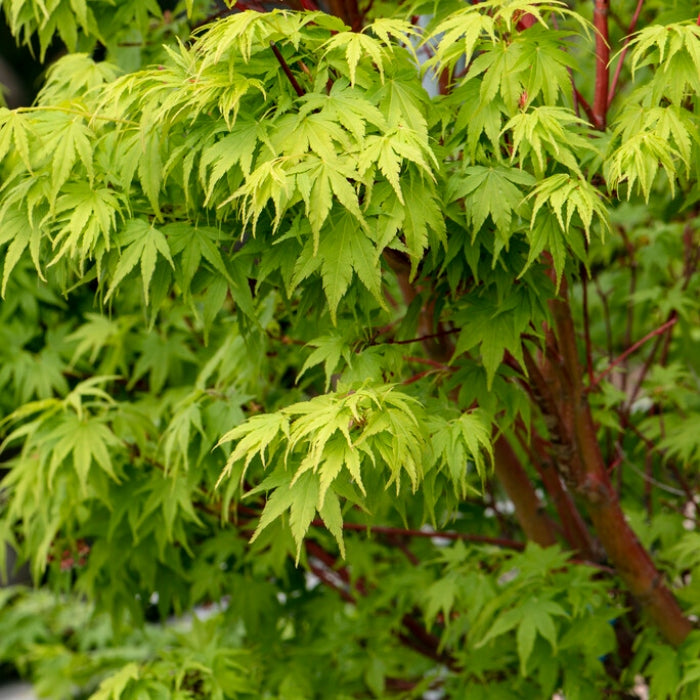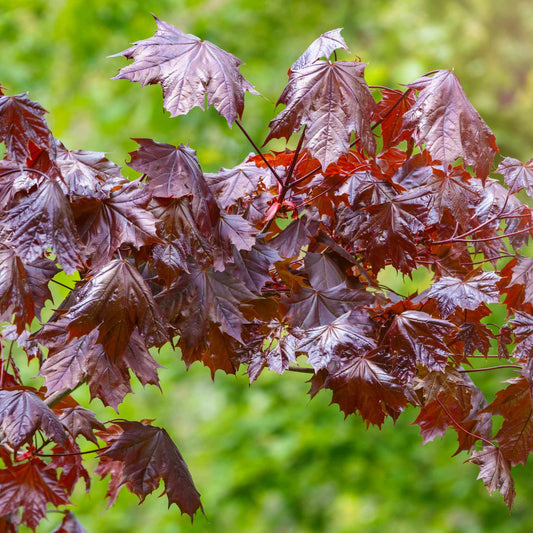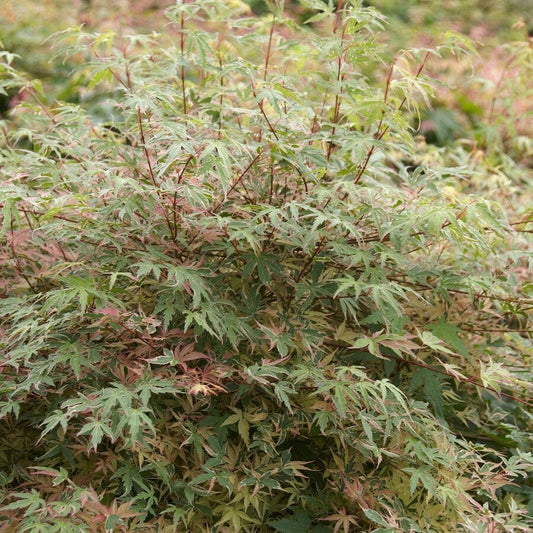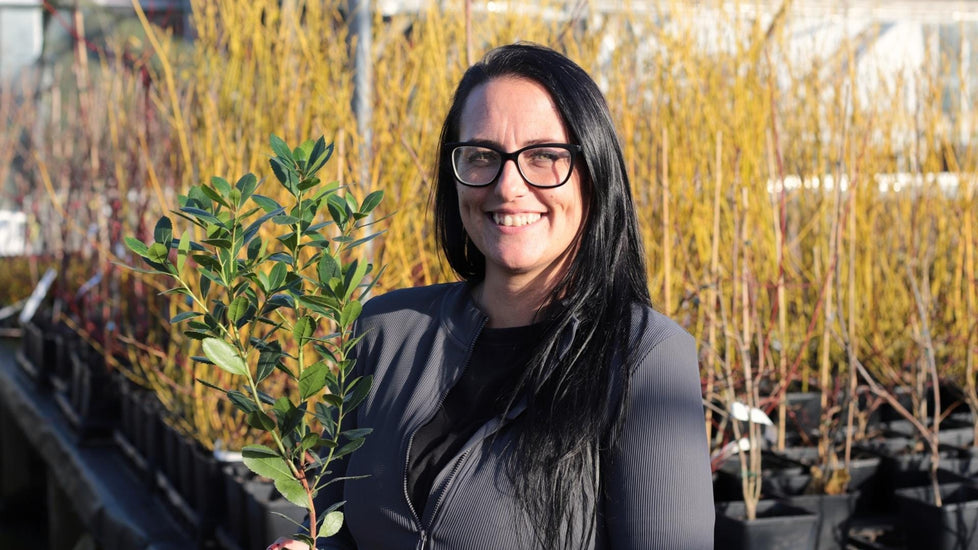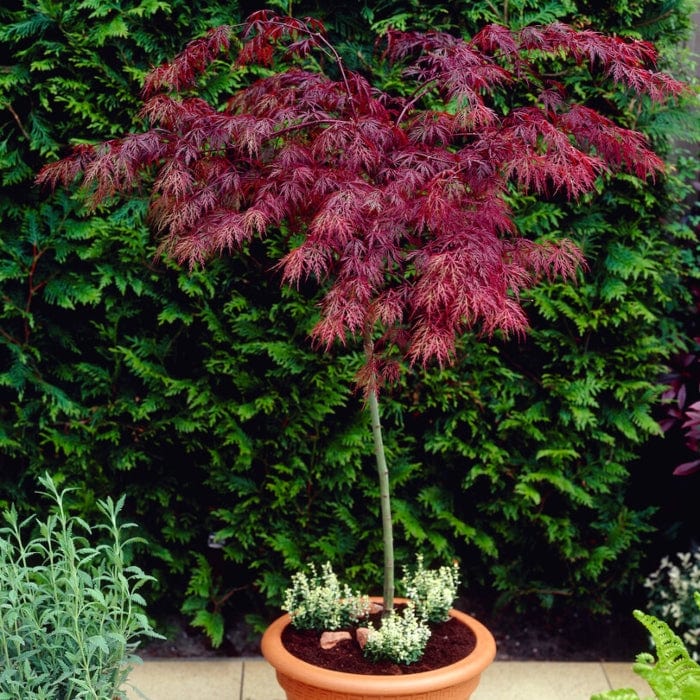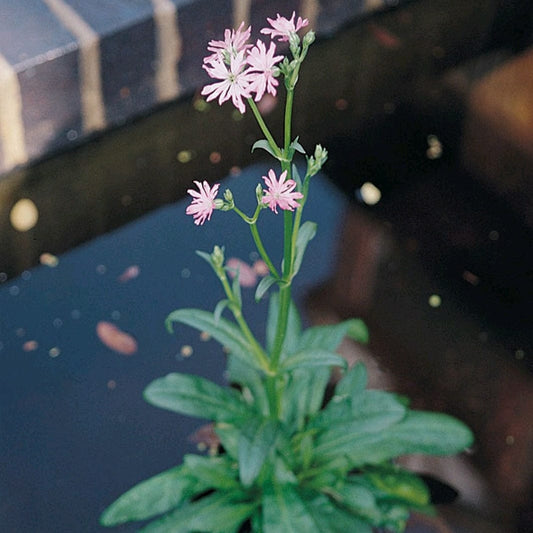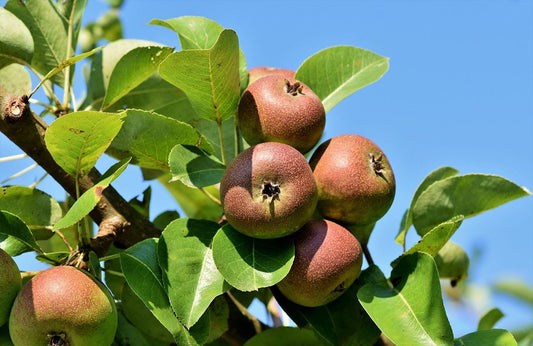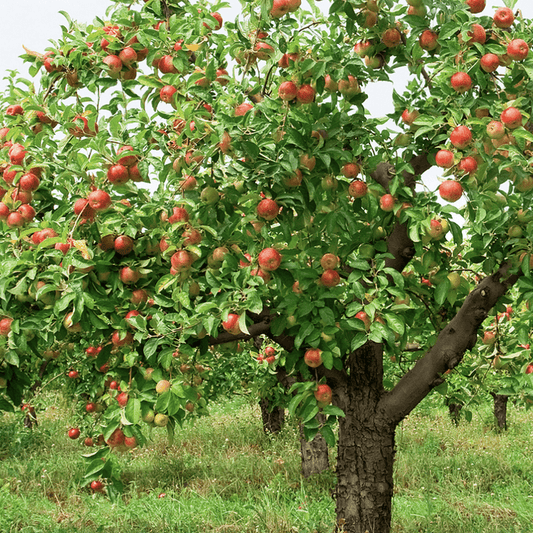South Downs National Park
Meet Danielle
110 years' expertise free with every tree
Danielle's nursery has been growing trees in the South Downs National Park for over a century, and it shows. Dug up and sent straight to your garden at between 18-36 months old, their quality rootstocks, expert pruning and natural pest control mean that these traditionally field-grown trees are the hardiest you can get.
Need help picking?
Acer Tree FAQs
What conditions do acers like?
Acers are slow-growing ornamental trees that like moist but well-drained soil with decent levels of fertility. They grow well in both sun (six to eight hours) and partial shade (three to six hours) and benefit from an annual springtime feed with general purpose, slow-release fertiliser and a subsequent mulch.
Can you grow acers in pots?
Yes, you can grow acers in large pots, especially the more compact varieties. Cultivars to consider container-growing include ‘Bloodgood’, ‘Garnet’, ‘Atropurpureum’ and ‘Inaba-shidare’. Make sure the pot is nice and large, and use a high-quality, loam-based compost like John Innes No. 3. Pot-grown plants require more regular watering than their ground-grown counterparts.
Which acer has the best autumn colour?
Acers are known for their outstanding autumn colour, and there are a couple of varieties, in particular, that really shine at this time of year. In terms of Japanese maples, Acer palmatum, it’s hard to look past ‘Red Emperor', with its bright red foliage. The Canadian maple, Acer rubrum, ‘Fairview Flame’ is similarly impressive, putting on a fiery display at the back end of the year.
Are acers easy to grow?
Yes, acers are nice and easy to grow! Low-maintenance and hardy, acers can easily live to over 100 years old when looked after properly. Once established, watering is only typically needed during hot, dry spells, while a springtime application of slow-release, general-purpose fertiliser and a good mulch to suppress weeds and retain moisture is all that’s really needed.
What shape are acer trees?
What shape are acer trees? Acers come in a wide array of shapes and sizes; most are low-growing and spreading, but there are also domed, weeping and more upright varieties.
Which acers have the best foliage?
This is a bit of a subjective one, but we’re particularly fond of the dissected varieties, with their feathery, filigree-like foliage.
Fighting plastic waste
Delivering fresh from the nursery
Supporting UK growers
